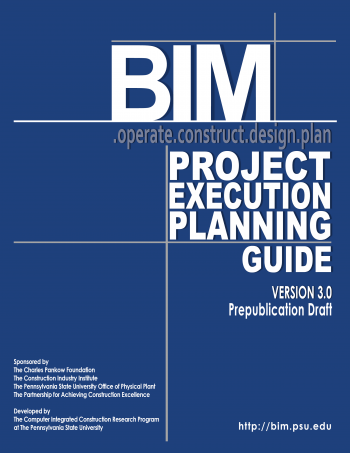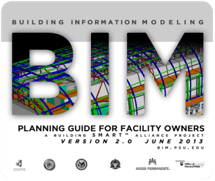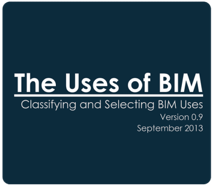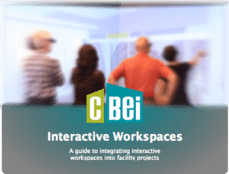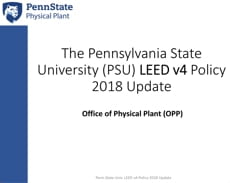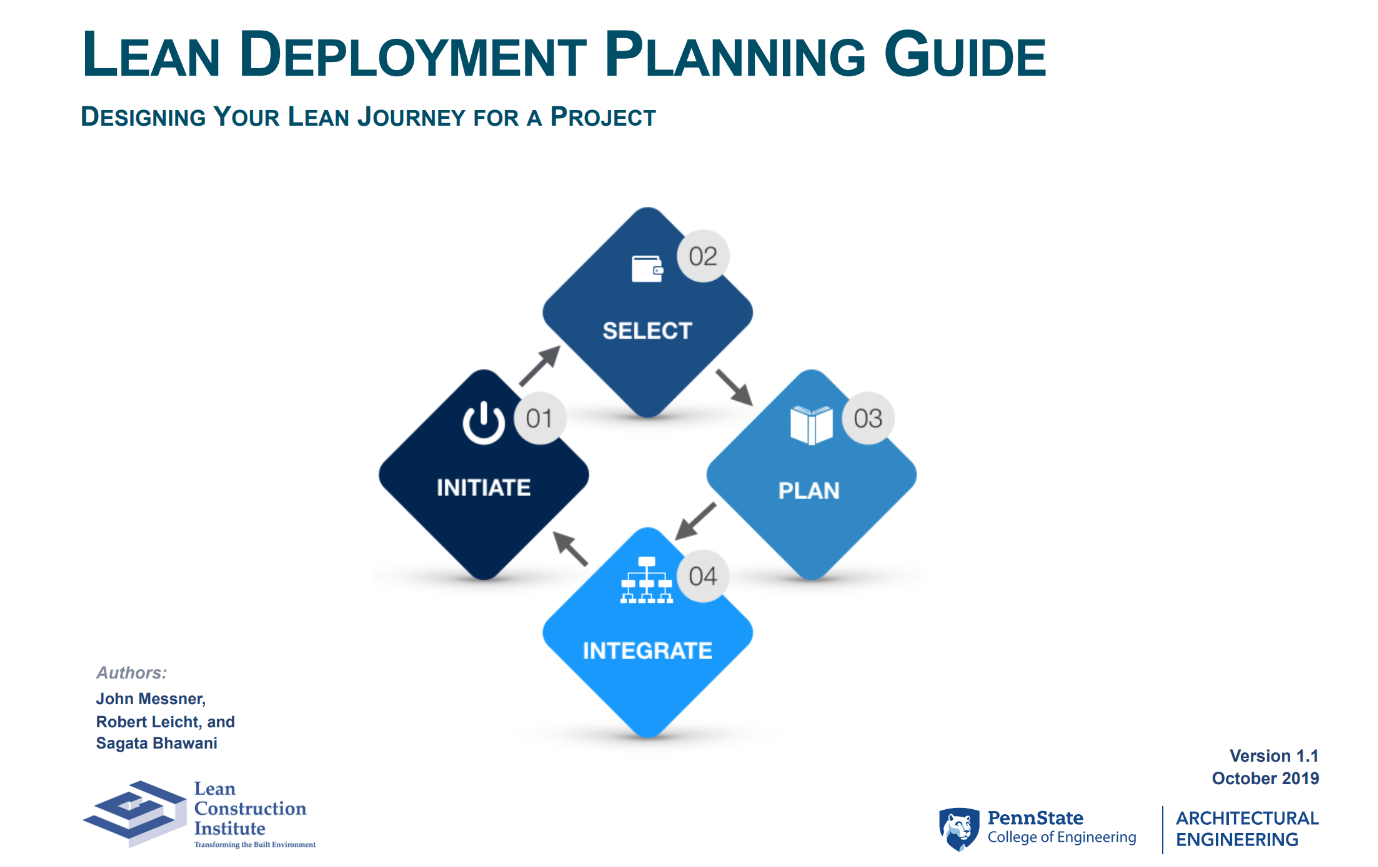Projects
BIM &
Digital Twin
Virtual
Prototyping
Energy & Sustainability
Lean
Construction
Enhanced Education
BIM & Digital Twin
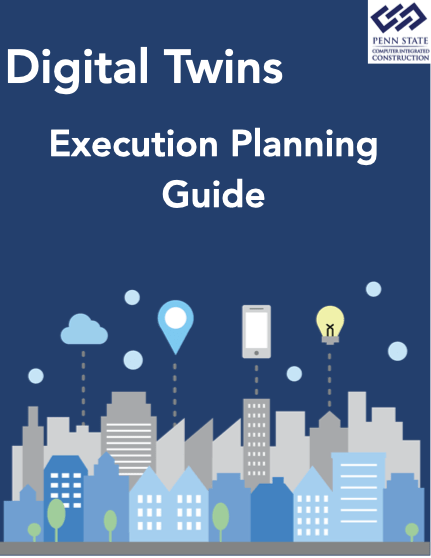
Digital Twins – A Planning Guide
This project focuses on providing a planning guide and template for Digital Twins in the AECO industry.
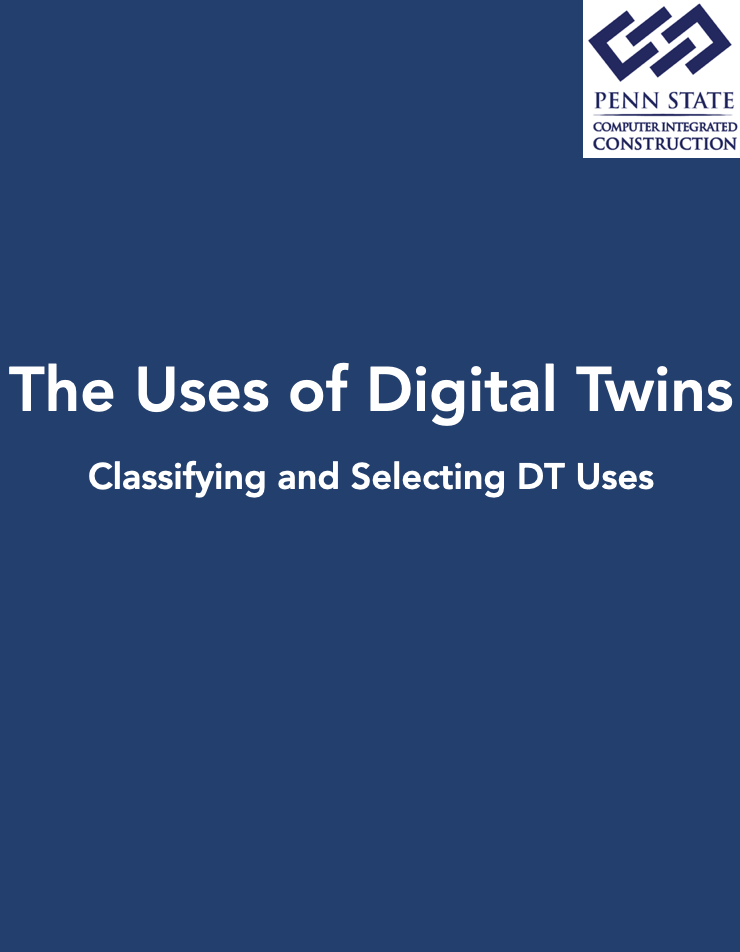
The Uses of Digital Twins
This work presents a system for the classification of the Uses of Digital Twins. This classification system provides a common language for the Uses of Digital Twins that can be leveraged to communicate the precise purpose and context of implementing Digital Twins. We also provide a library for Digital Twin Operational Uses and Use Cases
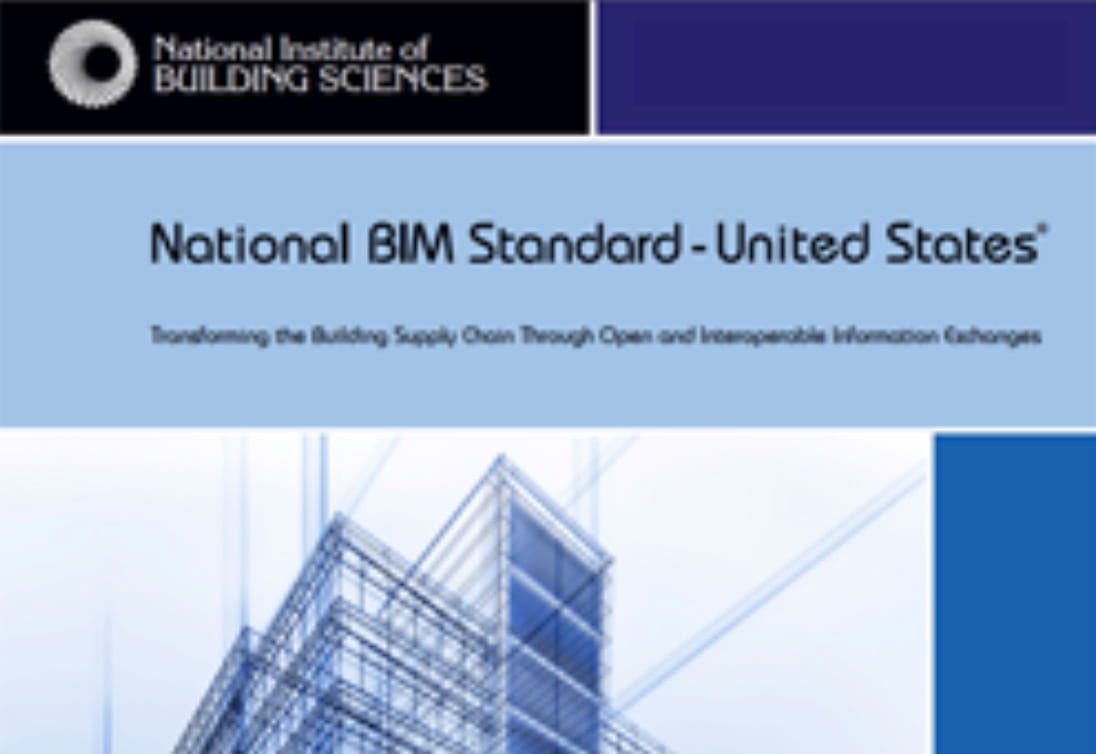
U.S. National BIM Standard Version 4 Framework
Version 4 of the U.S. National BIM Standard is composed of a variety of updated and new standard sections. We are developing the overall framework description along with core content updates for the BEP standard, guide and templates.
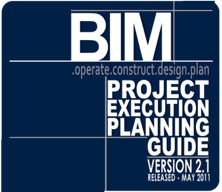
BIM Standards Development
A team of faculty and students updated the BIM Execution Planning Guide to Version 3 (current posted version) to improve alignment with the BIM Use terminology along with other important revisions.
BIM Project Execution Planning
A well documented BIM Project Execution guide will help ensure all parties are clearly aware of opportunities and responsibilities associated with the incorporation of BIM into a project workflow. This guide provides a structured procedure for creating and implementing a BIM Project Execution Plan. The goal for developing this structured procedure is to enable effective planning and enhance communication among the project participants during the early phases of a project. The Guide is included in the National BIM Standard – US (Version 3).
BIM Planning for Facility Owners
The Uses of BIM
This work builds upon concepts within the BIM Project Execution Planning Guide and the BIM Planning Guide for Facility Owners. This document presents a system for the classification of the Uses of BIM. This classification system provides a common language for the Uses of Building Information Modeling (or BIM Uses) that can be leveraged to communicate the precise purpose and context of implementing BIM on a capital facility project.
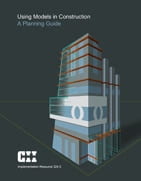
Using BIM in Construction

ifc dataArrow Application Development
Interactive Workspaces Guide
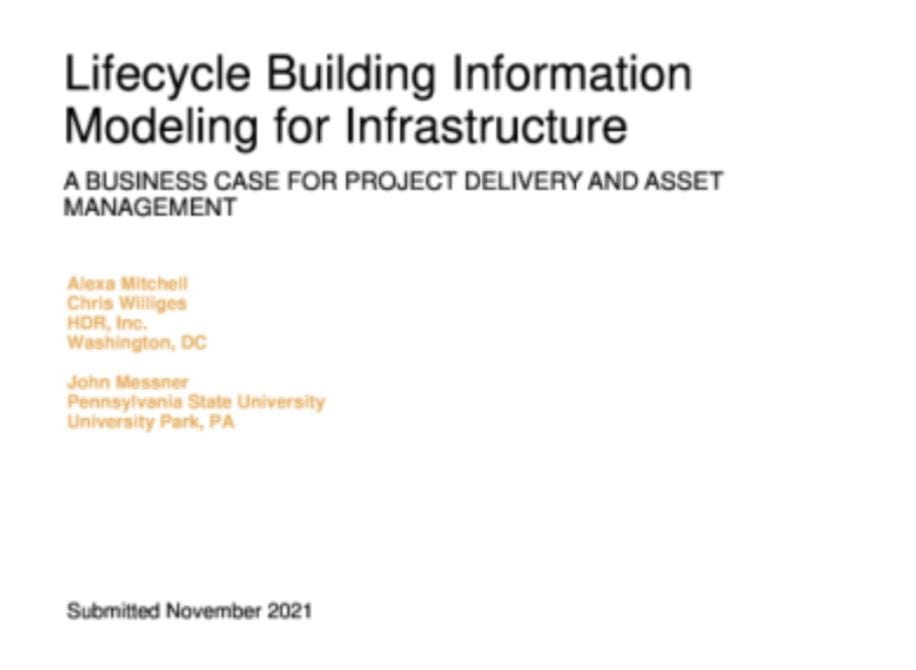
BIM for Infrastructure
In collaboration with HDR (prime), we have developed an approach to calculating the business case for BIM use on infrastructure projects, along with a maturity model to assist owners in the evaluation of their BIM adoption maturity.

PennDOT BIM Planning
In collaboration with HDR (prime), we have been assisting PennDOT in the development and implementation strategy for adopting digital delivery through the Digital Delivery Directive 2025.
Virtual Prototyping & Visualization
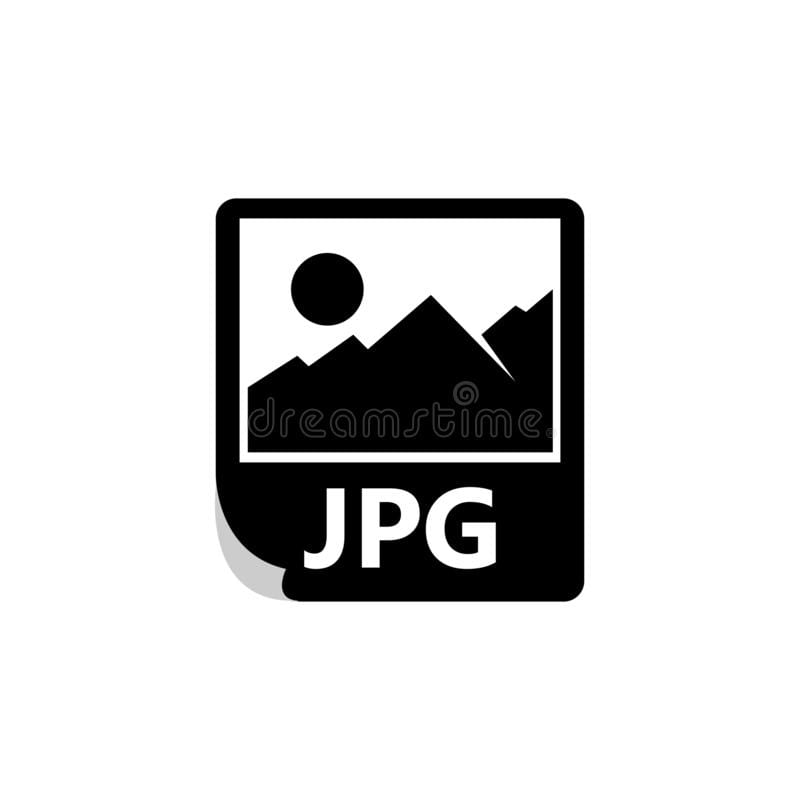
Virtual Penn State
As we develop more model information about our facilities and campus environment, we are exploring better approaches to organize, store, retrieve and visualize this information. The Virtual Penn State project is focused on developing an interface to the facility information at the University Park Campus of Penn State, along with leveraging reality models of the campus to visualize this information.

Safe and Efficient Cyber-Physical Operation Systems for Construction Equipment
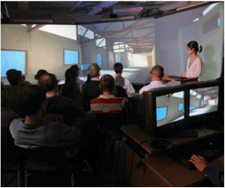
Fostering Innovation and Learning through Immersive Virtual Facility Prototyping

Developing an Immersive Environments Lab

Generation IV Nuclear Energy Systems Construction Cost Reduction through the Use of Virtual Environments
Energy & Sustainability
Evolving Penn State Sustainability Policy for the Built Environment

Battery Energy Storage System and Training Initiative (BESS-ETI)
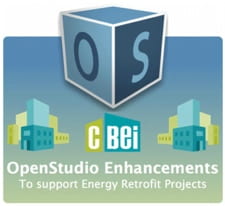
OpenStudio Enhancements to Support Energy Retrofit Projects

Integrated Building Life Cycle Process Model for Advanced Energy Retrofit Project
Lean Construction & Project Delivery
Lean Deployment Planning Guide
Maximizing Success In Integrated Projects

Trade Adoption of Lean Construction
Trade adoption of lean construction approaches is critical. This project, sponsored by the Lean Construction Institute, is focused on developing approaches and resources for trades to plan their adoption of lean methods on projects.
Technology Enhanced Education

Battery Energy Storage System and Training Initiative (BESS-ETI)
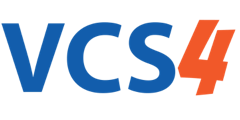
Virtual Construction Simulator (VCS)
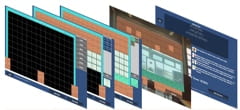
ecoCAMPUS

Collaborative 4D Model Visualization for Construction Education
A collaborative 4D model was developed and implemented for evaluating the impact of 4D augmented reality model review by students in an upper level construction course.

